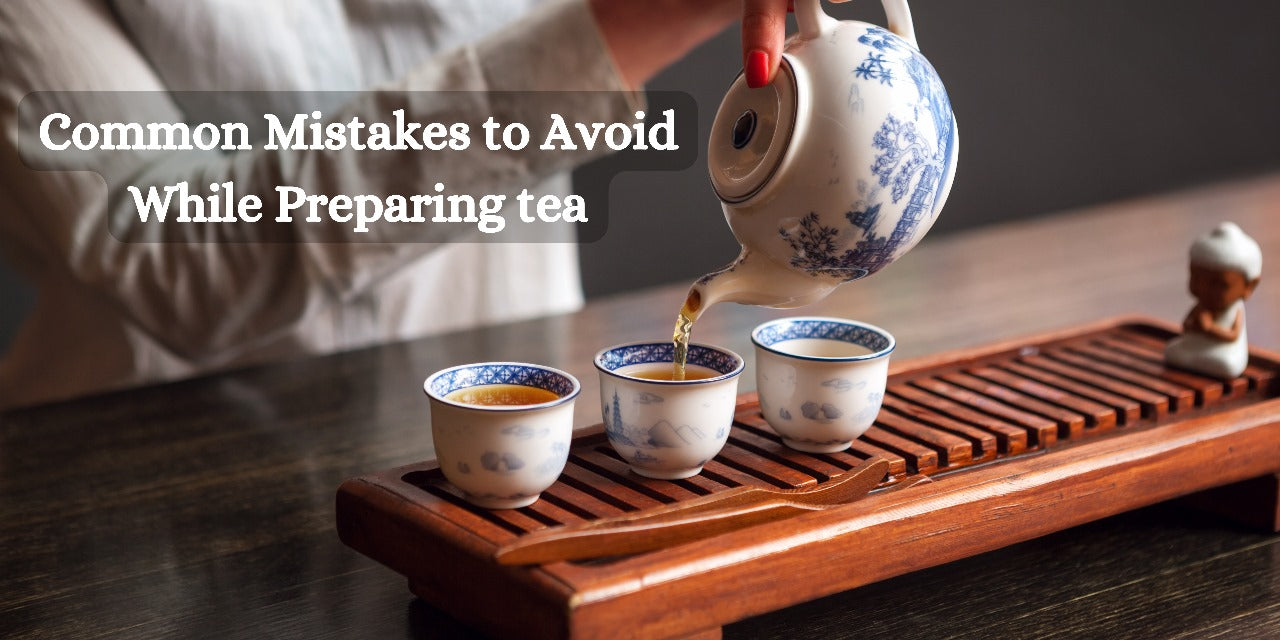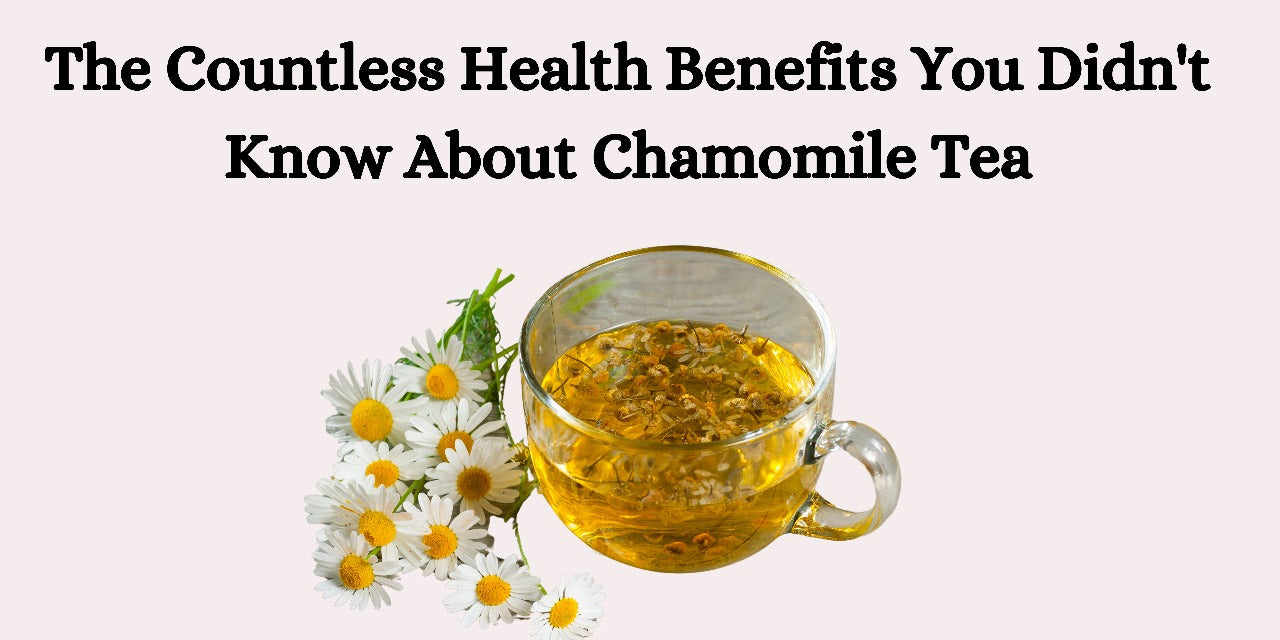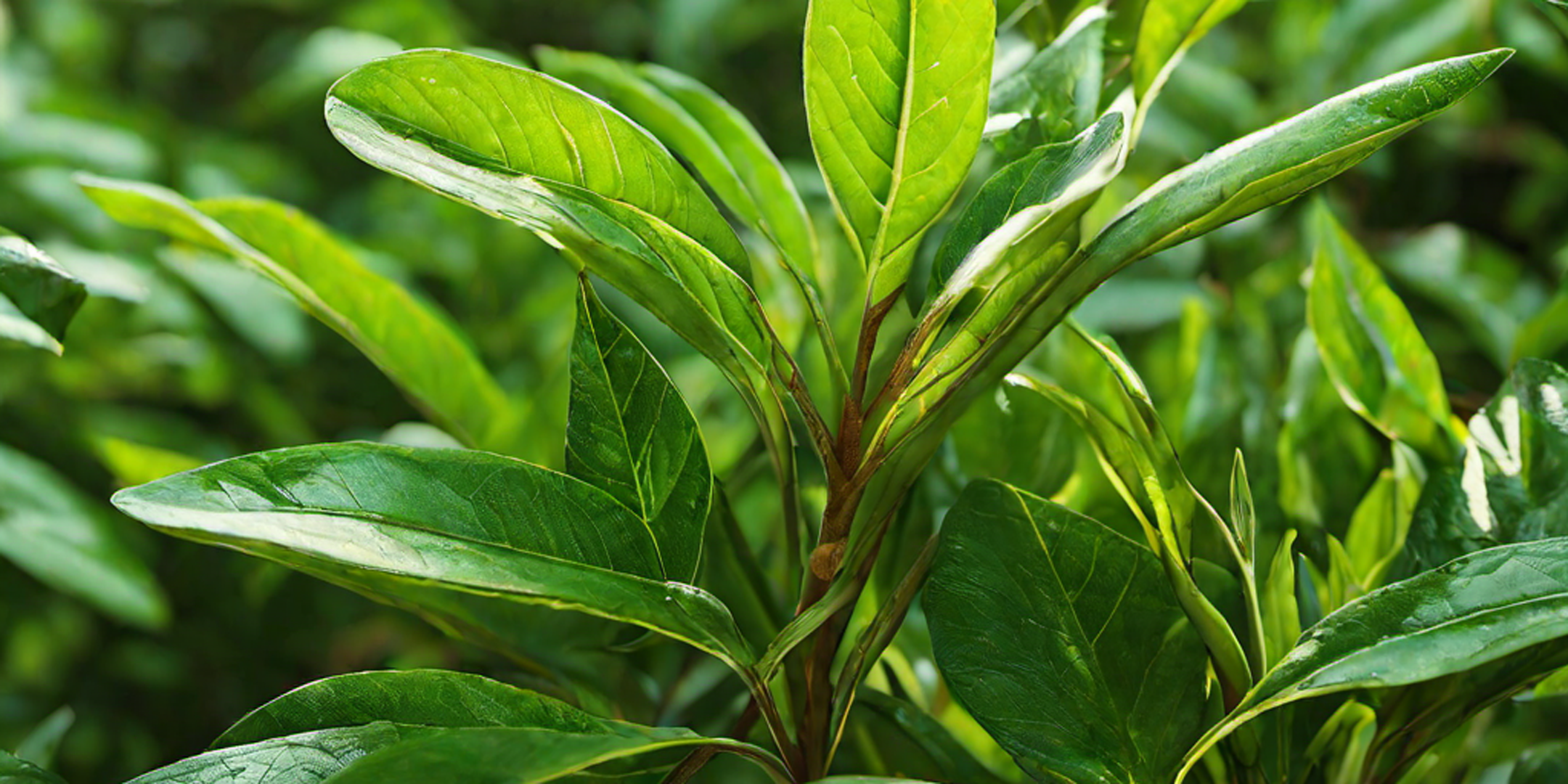Tea tasting is an art that requires a keen sense of taste and smell. Just like the world of wine, tea has its distinct language of tasting. This language is made up of terminology used by tea connoisseurs, tasters, and sommeliers to describe the various tastes, flavors, aromas, and textures of tea. Whether you're a seasoned tea enthusiast or new to the world of specialty tea, understanding and using tea-tasting terminology can enhance your appreciation and enjoyment of this ancient beverage.
In this comprehensive guide, we will explore the language of tea tasting, providing you with a detailed list of terms used by experts in the field. From describing the characteristics of the liquor to evaluating the appearance of the infused and dry leaves, this guide will equip you with the vocabulary to articulate your tea-tasting experiences. So, let's dive into the fascinating world of tea-tasting terminology.
1. Evaluating the Liquor
The first aspect of tea tasting is evaluating the liquor, which refers to the taste and overall sensory experience of the brewed tea. Expert tea tasters, planters, and manufacturers assess the liquor based on four basic parameters: taste, aroma, color, and strength. Understanding the terminology used to evaluate the liquor can help you describe and appreciate the nuances of different tea varieties. Let's explore essential terms to enhance your tea knowledge:
1.1. Autumnal
Autumnal is a seasonal term applied to teas grown during a specific period. These teas possess a unique flavor profile that sets them apart from teas grown in other seasons.
1.2. Bakey
Bakey refers to an unpleasant taste caused by subjecting the tea leaves to excessively high temperatures during the processing stage. This can result in a burnt or overly dry flavor.
1.3. Body
Body describes a tea liquor that has both fullness and strength. It refers to the thickness and richness of the tea, indicating its depth and intensity.
1.4. Bright
Bright is used to describe a tea liquor that is clear and vibrant in appearance. It is the opposite of dull and indicates a high-quality tea.
1.5. Brisk
Brisk refers to a lively and invigorating taste in the tea liquor. It is characterized by a fresh, sharp, and vibrant flavor that stimulates the palate.
1.6. Burnt
Burnt tea is the result of subjecting the leaves to extreme high temperatures during firing. This can lead to an undesirable smoky or charred taste.
1.7. Character
Character describes a unique taste that is specific to the origin and type of tea. It is a desirable quality that allows tea enthusiasts to recognize and appreciate the distinctiveness of different teas.
1.8. Coarse
Coarse is the opposite of brisk and is generally descriptive of secondary CTC (Crush, Tear, Curl) dusts. It refers to a tea liquor that lacks liveliness and vitality.
1.9. Colour
Colour denotes the depth and hue of the tea liquor. Different tea varieties and grades possess varying shades and intensities of color.
1.10. Contamination
Contamination refers to a taste foreign to tea that is caused by contact or proximity to odorous substances such as oil, spices, chemicals, bacteria, or improper storage conditions.
1.11. Creamy
Creamy refers to the precipitate obtained when tea is cooled. A bright cream indicates a high-quality tea.
1.12. Dry
Dry describes a tea liquor that has a slightly bakey or high-fired taste. It indicates that the tea leaves have been subjected to sufficient drying during processing.
1.13. Dull
Dull refers to a tea liquor that is neither clear nor bright. It lacks vibrancy and can be caused by factors such as bacterial contamination or faulty firing.
1.14. Flat
Flat describes a tea liquor that possesses strength and body but lacks liveliness and briskness. It is the opposite of a vibrant and invigorating tea.
1.15. Fully Fired
Fully fired refers to tea that has been slightly over-fired during processing. This term serves as a cautionary reminder to ensure that future manufacturing processes do not result in excessive firing.
1.16. Harsh
Harsh taste is usually the result of immature tea or tea made from coarse leaves. It can also be caused by inefficient fermenting or drying processes.
1.17. High-fired
High-fired tea refers to tea that has been subjected to excessive heat during processing. This can result in a strong and intense flavor profile.
1.18. Mouldy
Mouldy taste refers to a suspension of mold in the tea liquor. It is an undesirable characteristic that can occur due to improper storage or handling of the tea leaves.
1.19. Pungent
Pungent taste refers to an extremely brisk and lively tea liquor. It is a highly desirable quality that adds depth and intensity to the tea's flavor.
1.20. Smokey
Smokey taste refers to a tea liquor that has a distinct smoky aroma and flavor. It can be desirable in certain tea varieties, such as lapsang souchong, but can also indicate over-firing.
2. Evaluating the Infused Leaf
In addition to assessing the liquor, tea tasters also evaluate the appearance and aroma of the infused leaf. The infused leaf provides valuable insights into the quality and characteristics of the tea. Here are some terms used to describe the infused leaf:
2.1. Bright
Bright refers to an infused leaf that appears alive and vibrant. It is the opposite of a dull or lifeless infusion.
2.2. Coppery
Coppery describes the color of the infused leaf, usually denoting a high-quality tea. It is particularly associated with certain tea varieties, such as Darjeeling.
2.3. Dull
Dull refers to an infused leaf that lacks brightness and vibrancy. It can indicate poor quality or improper processing.
2.4. Even
Even describes an infused leaf that has a consistent and uniform color. It indicates a well-processed tea with no irregularities.
2.5. Mixed/Uneven
Mixed or uneven refers to an infused leaf that displays more than one color. This can indicate variations in the plucking or processing of the tea leaves.
2.6. Green
Green is generally considered undesirable in the infused leaf. It is often associated with under-withered or under-fermented CTC teas.
3. Evaluating the Dry Leaf
The appearance of the dry leaf is another important aspect of tea tasting. Tea tasters carefully examine the dry leaf to assess its quality, freshness, and overall characteristics. Here are some terms used to describe the dry leaf:
3.1. Acceptable
Acceptable refers to a tea that, despite having a fault or imperfection, can still be considered marketable and of reasonable quality.
3.2. Attractive
Attractive describes a well-made tea with a uniform color and size. It is visually appealing and indicates a tea that has been carefully processed.
3.3. Black
Black describes the color of the dry leaf and is considered a desirable characteristic for orthodox teas. It indicates a well-fired tea.
3.4. Blackish
Blackish is used to describe CTC teas, which have a darker color compared to orthodox teas. It is considered desirable for the internal market.
3.5. Bloom
Bloom refers to a tea leaf that appears lively and vibrant. It is often lost due to cutting or over-handling during the sorting process.
3.6. Bold
Bold refers to tea leaves that are larger than the average size for a particular grade. It can indicate a high-quality tea with robust flavors.
3.7. Brown
Brown is an undesirable color for both orthodox and CTC teas. It can indicate improper handling or processing of the tea leaves.
3.8. Case-hardened
Case-hardened refers to the hardening of the outer layer of the tea leaf. This can occur when the leaves are subjected to quick and intense firing, resulting in teas that do not age well.
3.9. Chesty
Chesty taste refers to a taint caused by unseasoned chest panels. It can result in an unpleasant flavor and aroma in the tea.
3.10. Chunky
Chunky is usually applied to large-sized tips of the tea leaves. It is considered desirable and indicates a tea with a bold appearance.
3.11. Clean
Clean refers to tea leaves that are free of stalks or fibrous material. It indicates a well-processed and high-quality tea.
3.12. Cut
Cut refers to orthodox leaf that has been cut in a breaker rather than sized in a roller. It can result in a different appearance and flavor profile.
3.13. Even
Even refers to a grade consisting of tea leaves that are roughly equal in size. It indicates a well-sorted and uniform tea.
3.14. Fibre
Fibre refers to shreds of stalks that may be present in CTC tea. It indicates poor plucking and can affect the overall quality of the tea.
3.15. Flaky
Flaky describes a flat and open leaf, as opposed to a well-twisted leaf. It is the result of poor withering or rolling during processing.
3.16. Golden Tip
Golden tip refers to the highly desirable presence of pubescent buds in orthodox teas. It adds a distinct flavor and visual appeal to the tea.
3.17. Grape Nutty
Grape nutty is used to describe CTC teas that do not have a completely smooth appearance. It indicates a certain level of coarseness in the leaf.
3.18. Grainy
Grainy refers to hard-cut CTC leaf, which is desirable for the internal market. It indicates a tea with a specific texture and appearance.
3.19. Grey
Grey is the most undesirable color for the dry leaf. It is caused by faulty handling or over-sorting and indicates poor quality.
3.20. Gritty
Gritty refers to CTC leaf that feels jagged or rough to the touch. It indicates a certain coarseness in the tea and can affect the overall drinking experience.
By understanding and using the terminology associated with tea tasting, you can elevate your tea-drinking experience and appreciate the subtle nuances of different teas. From evaluating the liquor to assessing the appearance of the infused and dry leaves, each aspect provides valuable insights into the quality and characteristics of the tea. So, the next time you sip a cup of tea, take a moment to explore the language of tea tasting and savor the intricate flavors and aromas that this ancient beverage has to offer.




